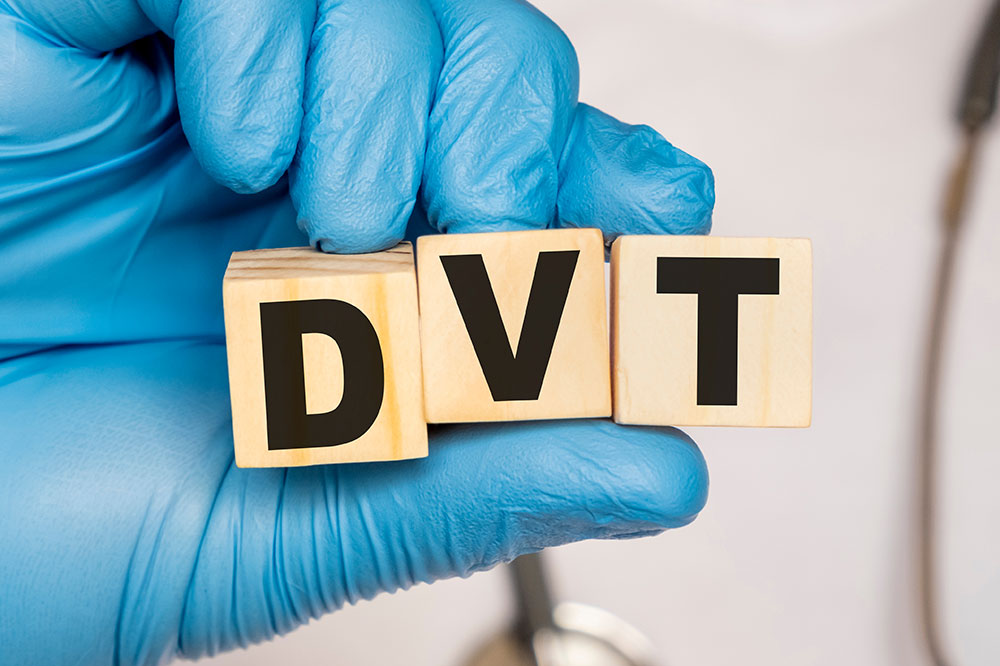
Early Signs and Common Symptoms for DVT
Deep vein thrombosis, also known as DVT, is a condition identified by the clotting of blood in the deep vein of the leg or arm. Since the blood clots can break loose and start traveling via the bloodstream to the lungs, DVT can go on to become a severe condition. There are several symptoms and early signs of DVT which should not be ignored. Read on to know what these are.
Early Signs of DVT
DVT causes several early warning signs which should be taken seriously, especially for those who are at risk of developing this condition. These warning signs include:
1. Redness or discoloration of the skin
The area on the leg where the blood clot has developed can start becoming red or pale. Sometimes, this area can even turn blue. If you have noticed any of this, you shouldn’t ignore it.
2. Pain
Sometimes, the development of blood clots in the vein can cause pain in the calf area. In some cases, there can also be severe unexplained pain in the ankle or foot.
3. Warmth
If a certain area on the leg starts to feel warmer than its surrounding area, it can be a sign of a blood clot.
4. Tenderness
Another early warning sign of DVT is tenderness. The area where the blood clot has formed can feel tender compared to the surrounding areas.
5. Swelling
The affected area, such as the leg, ankle, or foot, can also experience swelling.
Common symptoms of DVT
DVT can become a severe condition if the blood clot breaks away from the original spot and travels to the lungs. This is known as pulmonary embolism, and it can interfere with the supply of oxygen to the organs. Therefore, knowing the symptoms of DVT is important. Here’s a list:
1. Chest pain
Pain in the chest is a common symptom to be associated with heart troubles. Therefore, you must know the difference. Pain caused due to DVT-led pulmonary embolism feels sharper and more stabbing. It gets worse when you breathe. When the chest pain is caused due to pulmonary embolism, it will keep on getting worse every time you take a breath.
2. Breathlessness
When the blood clot has reached the lungs, it restricts the flow of oxygen and can leave you gasping for breath. This will often leave you low on stamina and breath to even take a flight of stairs. If you have been noticing this symptom, get medical help.
3. Cough
If you have been coughing for no reason, feel shortness of breath, and experience pain in the chest, it can point towards a severe problem such as pulmonary embolism. In most cases, the cough is dry. However, sometimes, people see mucus or even blood in their cough. Get medical help immediately if you notice any of these symptoms.


